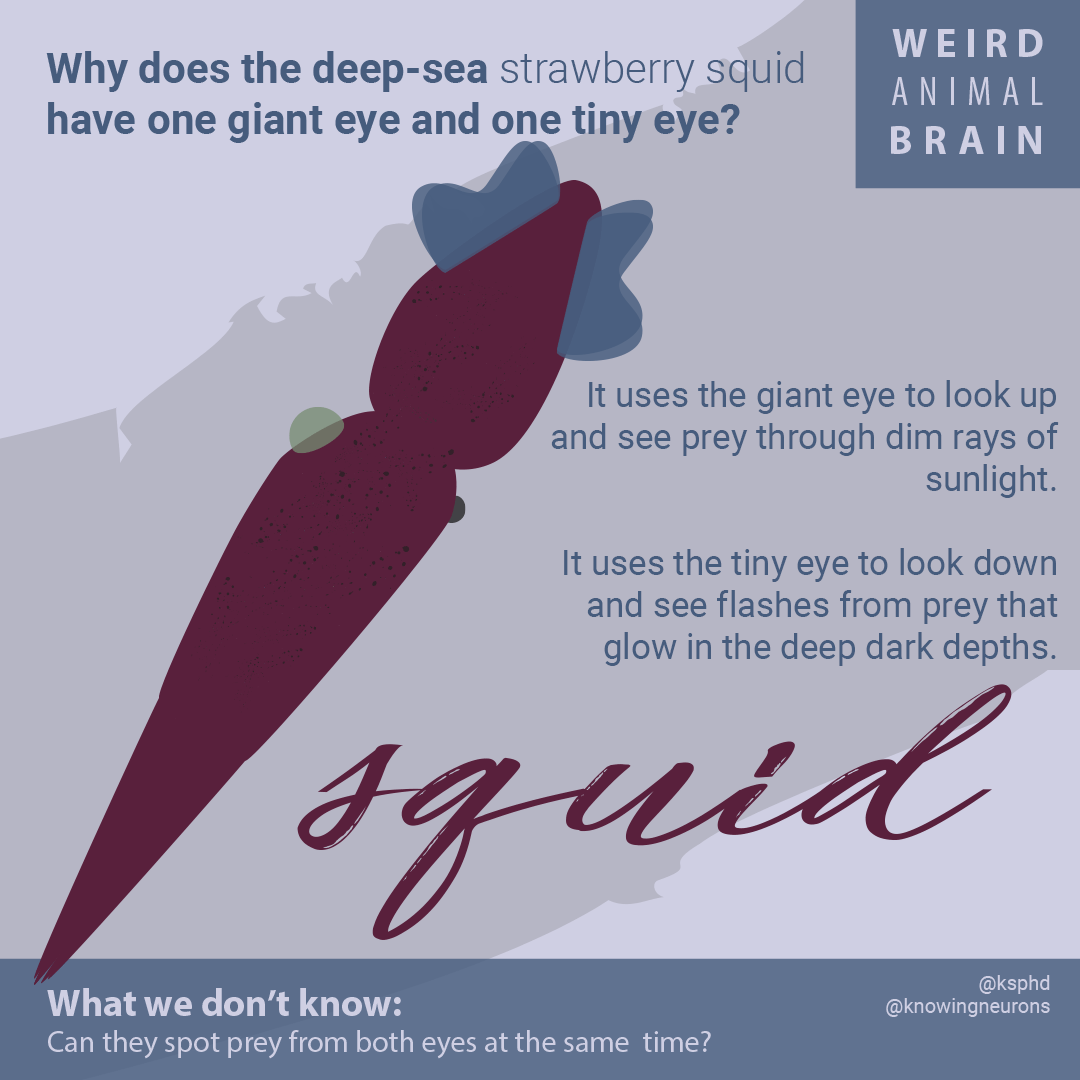Narwhal tusks used to be sold as unicorn horns and were believed to contain magical powers. Now we know a little bit more about these unique tusks, and the truth is just as interesting. Learn more in the infographic below:
For more info:
Broad, W. J. (2005, December 13). It’s Sensitive. Really. https://mobile.nytimes.com/2005/12/13/science/its-sensitive-really.html
Nweeia, M. T., Eichmiller, F. C., Hauschka, P. V., Donahue, G. A., Orr, J. R., Ferguson, S. H., . . . Kuo, W. P. (2014). Sensory ability in the narwhal tooth organ system. The Anatomical Record, 297(4). doi:10.1002/ar.22773













